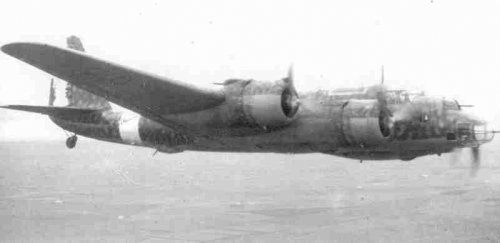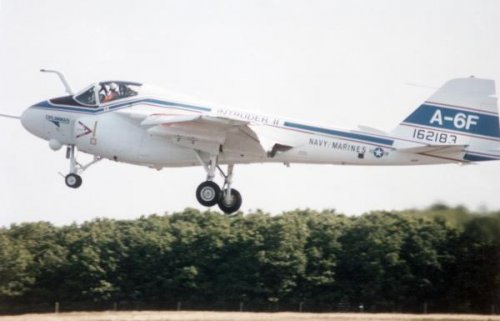CFE this is the 'Biggest mistakes in aviation? Which projects should have been built?" thread, I don't think its possible to go off topic!
Now I really hate historical comparisions of aircraft (looking at you Robunos ;-). Because they tend to leave out very important differences in capability and just focus on rough alignment. A stealthy, high field of regard, long range radar, rapid accleration missile armed subsonic aircraft is NOT a Douglas Missileer. The Missileer did not have the kind of situational awareness and LO surviability you would expect in a contemporary fighter, fast or slow. The Missileer was not built with 21st century technology and no one is going to build an aircraft today with 1960s technology (except Iran).
It is also not a single-role weapon system. The aircraft we are talking about using as a fighter are strike platforms like the A-12, Boeing 988-123, Northrop ATA offer, etc. To give them a name these ATA/F (Advanced Tactical Aircraft/Fighter) are around ~70,000lb aircraft with 0.3 fuel fraction, -30 to -40 dB RCS, 0.3 TW for a >1,000 NM radius with 8,000 lbs of weapons crusing at Mach 0.8-0.9. The concept for making them fighters is to use a two or more stage high accleration missile (for example the General Dynamics A3M or AIM-152 offer) combined with AESA radars for long range and potentially 360 deg. field of regard.
Back to the topic, OT or not. Rules of engagement may hamper long range missile engagement but they would equally hamper the ATA/F and the high speed fighter (eg F-22). The high accleration missile launched by the ATA/F would not outrange the Mach 1.6/AIM-120 combination just enable it to be equaled from a Mach 0.6-0.9 launch. Because the ATA/F has big and deep bays with the weight margins it can carry up to 16 x 500lb missiles internally (GD A3M was only 380lb).
The real capability sacrifice is the high speed dash to engagement for DCA and use of high speed for surviability in other areas. While a ATA/F is very much a work of alternate history at the moment this kind of capability argument is very relevant to the use of F-35 and UCAS as air to air platforms in place of supercruisers. With massive increases in data linking and situational awareness capability since ODS in '91 we should be less constrained by visual idenfication for ROE. Or even worse visual identification awaiting upon AWACS approval the failure of which lead directly to the loss of L.Cdr. Scott Speicher.


